THE ITBA kicked off the 2025 Education Programme this week with the popular Breeding Preparation Seminar, covering all things foaling and helping breeders prepare for the upcoming season.
Over 120 were in attendance for the event hosted by Irish National Stud’s Cathal Beale with a panel of Bena Hickey (Anglesely Lodge Equine Hospital), Des Leadon (Swordlestown Little, Irish Equine Centre), Olive O’Connor (Olive O’Connor Bloodstock) and Micheál Orlandi (Compas Equine).
Veterinary advisor Des Leadon commenced the seminar giving an update on the current matter of the new EU Commission proposals for animal welfare in transport, as well as the status of the EVA vaccines and protocols for the upcoming season.
Following the batch failure of EVA vaccine Artervac in 2023, extensive lobbying has been done by ITBA, EFTBA and Des Leadon to allow the import of the live vaccine Arvac for 2025. A special licence has been approved and the Department of Agriculture will be holding a review meeting later this season to try smooth the process for 2026.
Getting ready for foaling: Olive O’Connor took the audience through a whistle-stop tour of how to get your mare ready for foaling. She advised of getting your mare in early and relaxed in her new environment. This allows you to start observing her and get to know her behaviours. It is important to have your worming and vaccinations up to date, and make sure you have a clean environment and stable.
Other points include have your foaling kit ready, check your mare every 15 minutes and making sure to record the time water breaks. This can be especially important should you need veterinary intervention. Following the birth, you want to observe the mare and foal for signs of healthy and unhealthy behaviour. The most important thing – don’t panic!
Getting your mare back in foal: Following the foaling, Bena Hickey went through the steps of how to get your mare back in foal. She advised getting the history of the foaling (hard foaling, retained placenta, etc), and making sure you have a clean endometrial swab. If you check at the foal heat and everything is normal and healthy, there should be no problem covering, especially for a younger mare.
If you don’t cover at the foal heat, it is important to stitch the mare to maintain a clean uterine environment. Bena also commented that teasing is one of the best ways to promote uterine health post foaling.
Considering your matings: Now that the mare is ready to be covered, Micheál Orlandi took attendees through the basic steps of what to consider when planning your matings. The simplest question to ask is what is your budget? He advised to try to use a proven stallion if you can, and buy a maiden mare or filly with an active pedigree. You will be married to the mare for the next several years and want to give her the best possible start to become your blue hen. Micheál emphasised the fact of not breeding or buying a mare if she’s not worth it. He advised of taking a long-term approach and watching what successful breeders are doing.
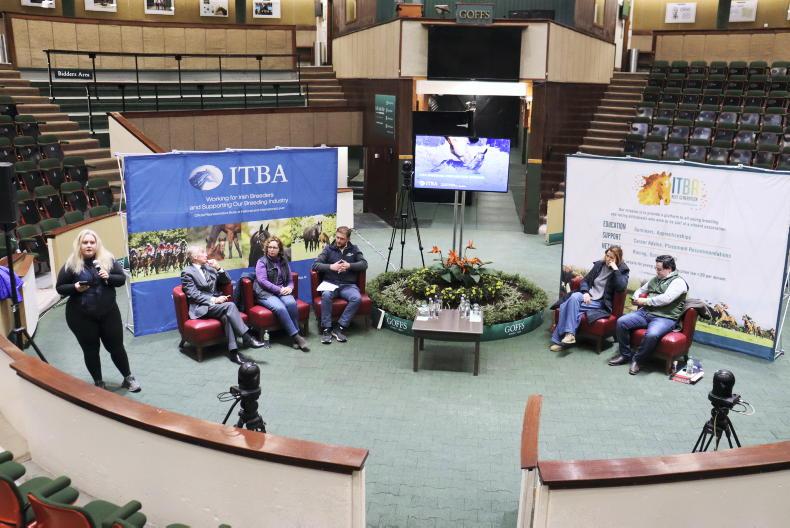

 This is a subscriber-only article
This is a subscriber-only article
 It looks like you're browsing in private mode
It looks like you're browsing in private mode




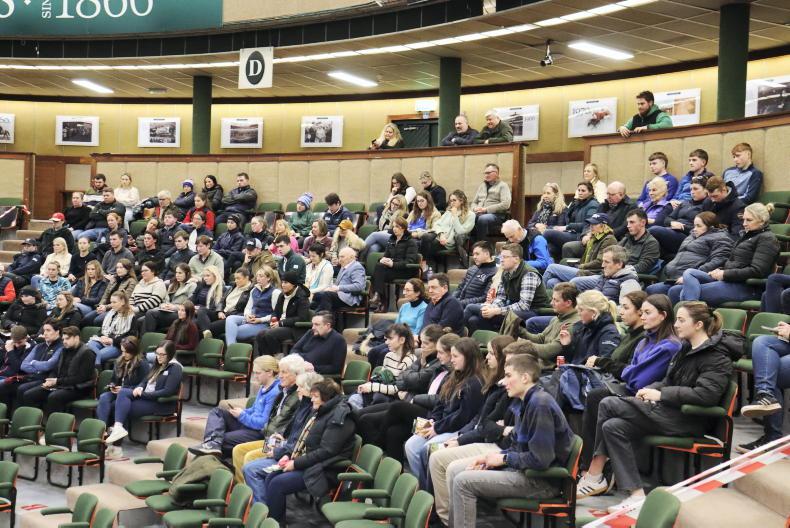

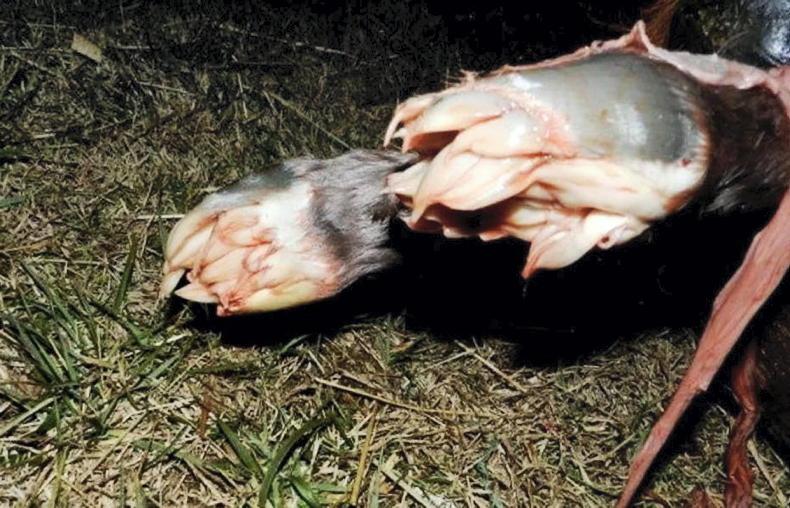
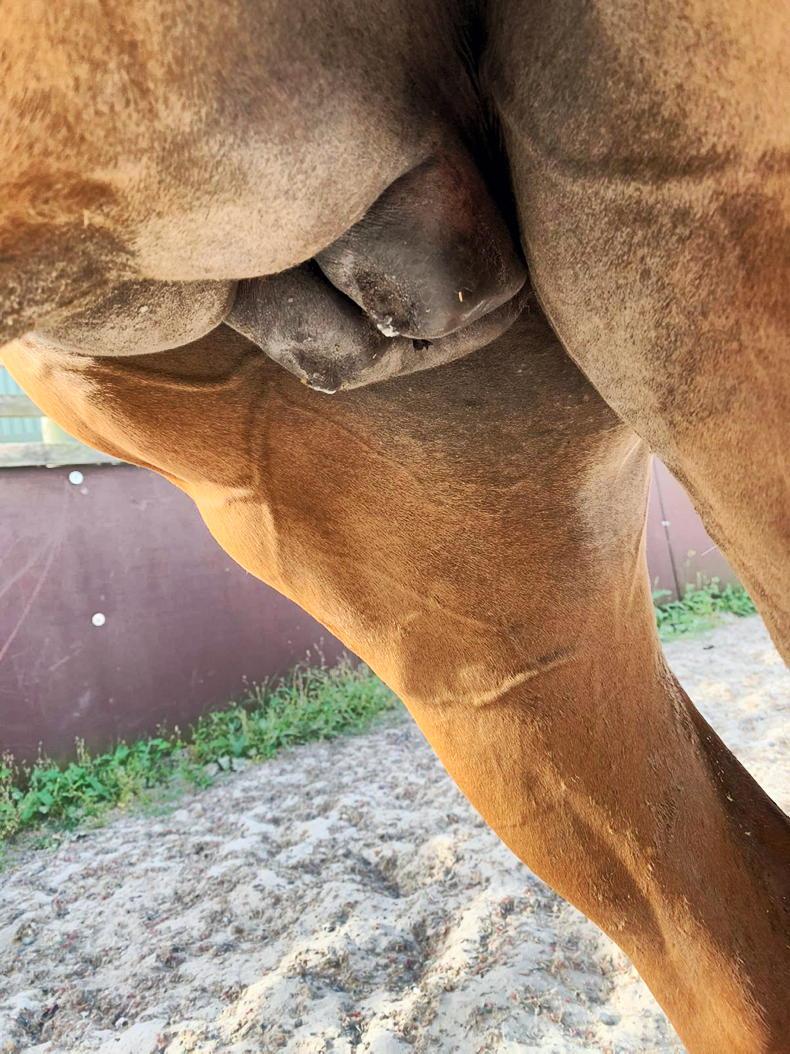
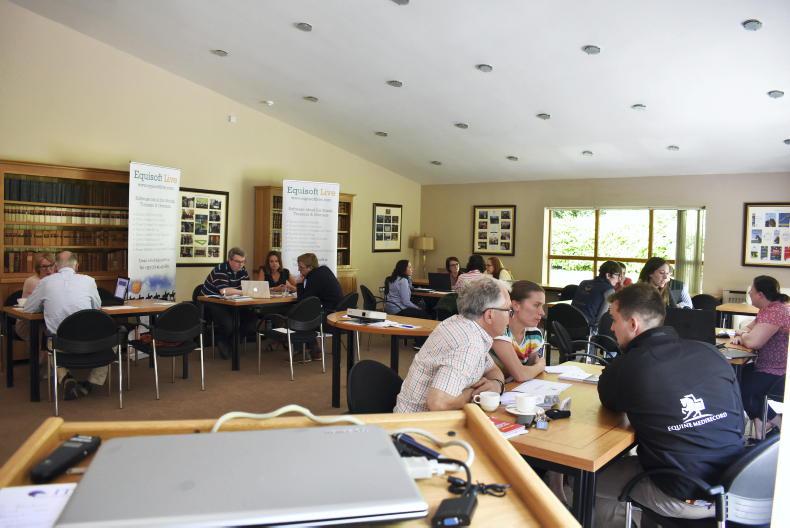

SHARING OPTIONS: